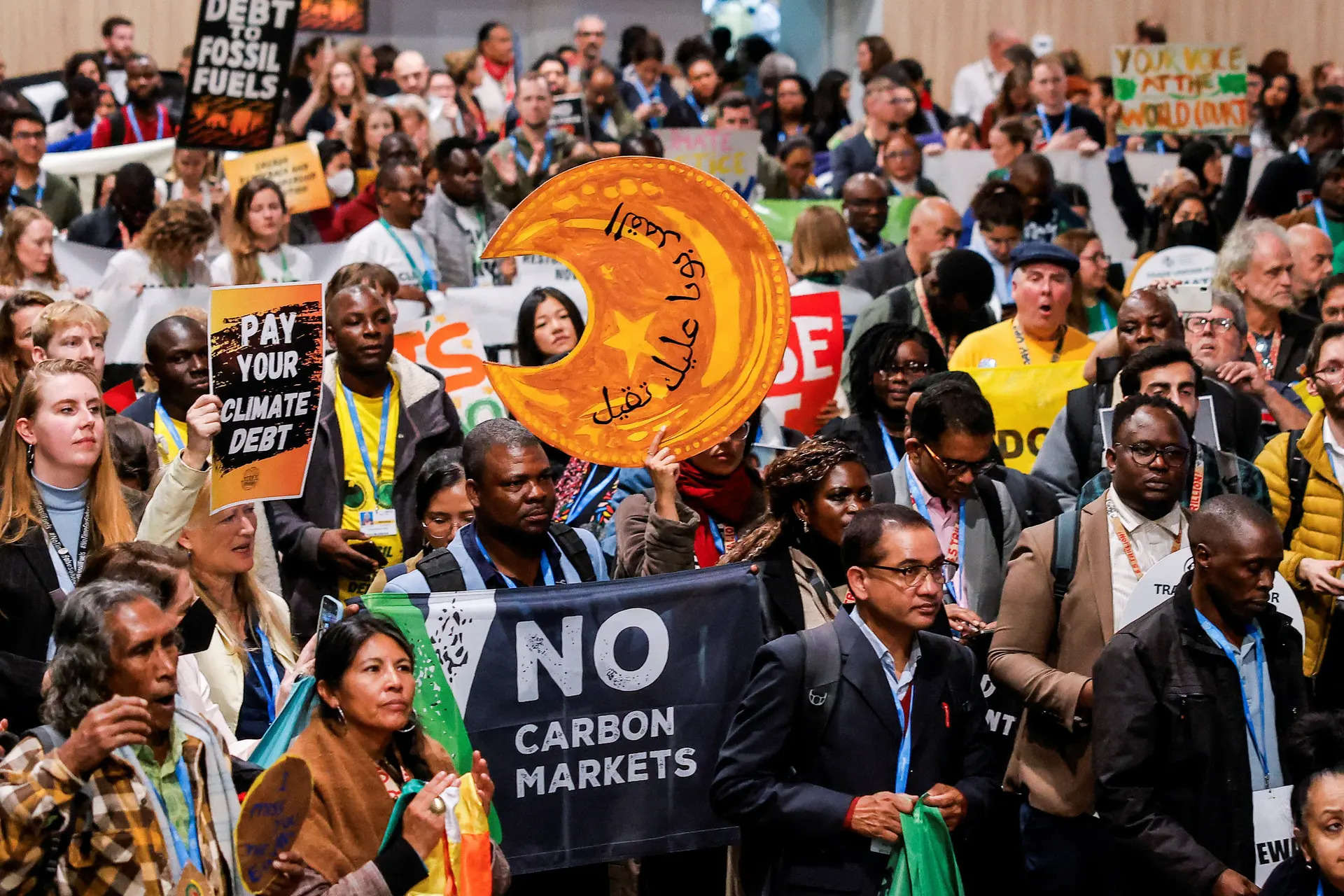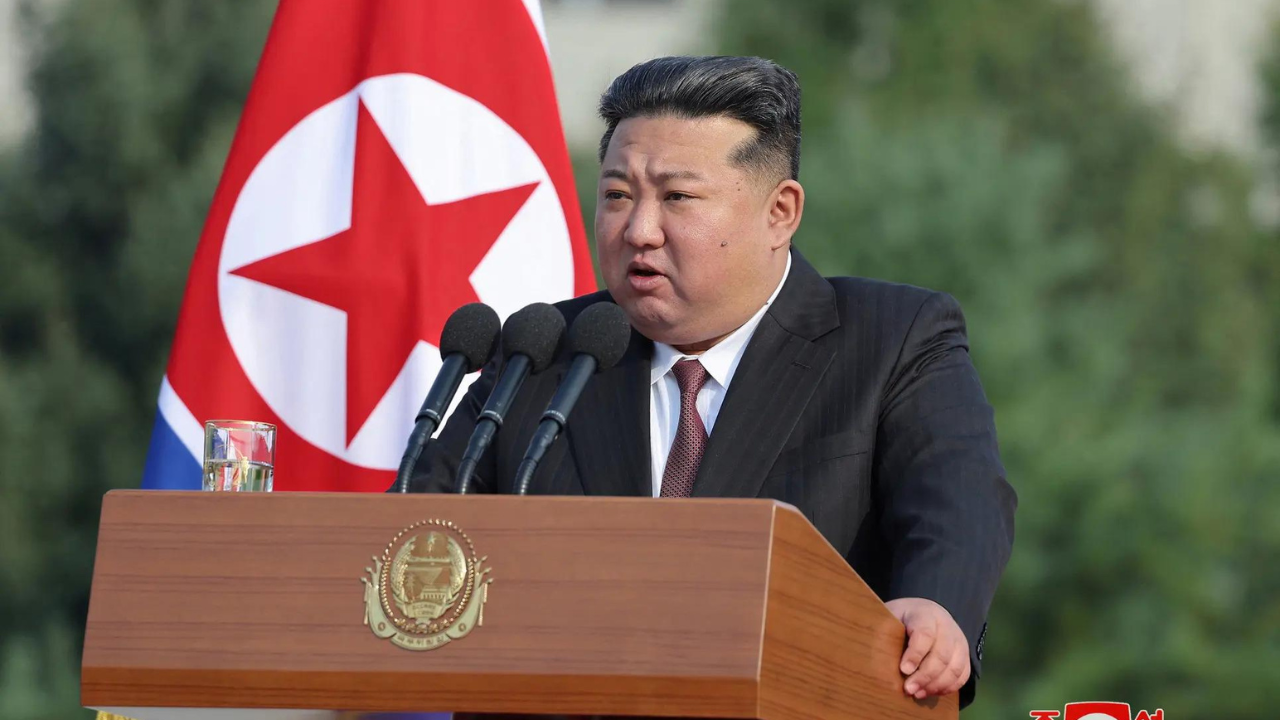
THE continuing effects of high inflation will weigh on the Philippine economy this year, S&P Global Ratings said, with growth likely to again miss target.
"[O]ur outlook is for the Philippines to do relatively well compared to the region, but kind of a little bit under where growth has been in the recent few years," S&P Global Ratings senior economist Vincent Conti said in a briefing on Wednesday.
The debt watcher kept its Philippine growth forecasts at 5.9 percent for this year and 6.2 percent for 2025 — both below the targeted 6.5-7.5 percent and 6.5-8.0 percent, respectively — and 6.5 percent for 2026.
The targets are expected to have been revised last week following an economic managers' meeting, with Finance Secretary Ralph Recto saying that 6.0-6.5 percent would be a better range for 2025.
Officials have said that the results of the Development Budget Coordination Committee meeting will be released after the Holy Week break.
Conti, in the briefing, said, "last year's high inflation is likely to still weigh on consumption this year, as last year's prices would have eaten into disposable income and savings..."
"It will take some time for the consumers to recover from that impact on income and savings and also for confidence to come back," he added.
Inflation breached the Bangko Sentral ng Pilipinas (BSP) 2.0- to 4.0-percent target in 2023, averaging 6.0 percent. It started 2024 on a positive note, settling well within target at 2.8 percent in February but rising to 3.4 percent in February.
Inflation is expected to accelerate further this month and the BSP has warned that it could again top 4.0 percent in the second quarter due to the impact of El Niño on food prices.
March inflation data will be released by the Philippine Statistics Authority (PSA) on Friday next week.
Conti said that S&P still expected consumer price growth to settle within target this year at 3.4 percent, further declining to 3.2 percent in 2025.
Interest rate hikes imposed to temper inflation, meanwhile, will continue tempering investments, which he said "is also going to be weighed by the aforementioned slower consumption."
The BSP's benchmark rate currently stands at 6.5 percent, the highest since 2007, after 450 basis points of rate hikes beginning in May 2022.
An easing is likely before the end of the year due to slowing inflation, but Conti said that the central bank would wait until consumer price growth settled firmly within target.
S&P expects cuts totaling 75 basis points this year, starting in the second half.
"That's very reflective of our house view as well on what the Fed (Federal Reserve) will do," Conti said, noting that the BSP is unlikely to move before the US central bank does.
"But the most important of those will be the fact that inflation has only very recently come back down into the BSP's target range ... so there's a bit of time for the BSP to wait, and in that sense, wait for the Fed as well," Conti added.
"That's also quite a positive for the FX (foreign exchange) story in the Philippines and indeed, Philippine FX [rate] is one of the most stable in the region this year."
Read The Rest at :








